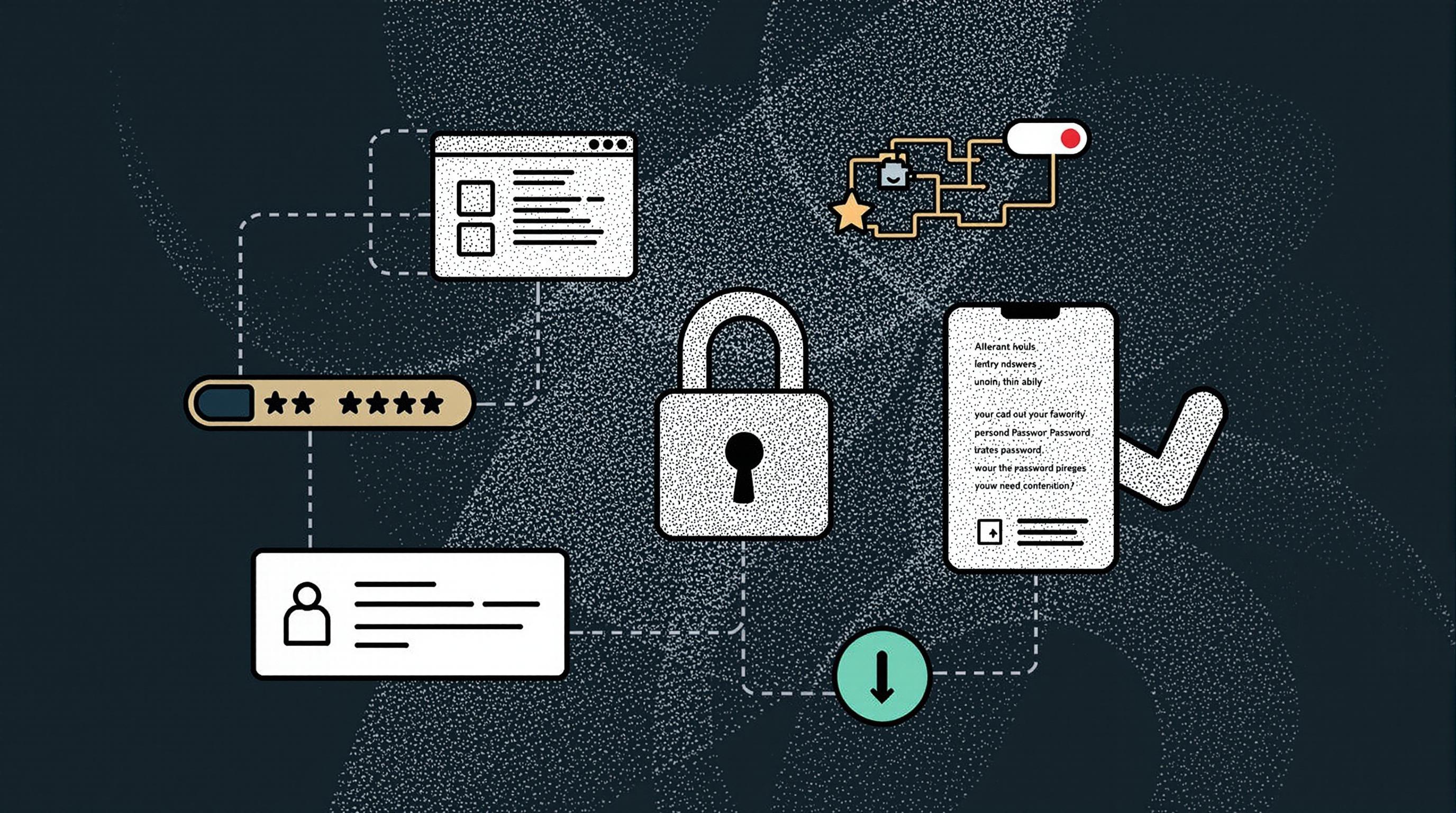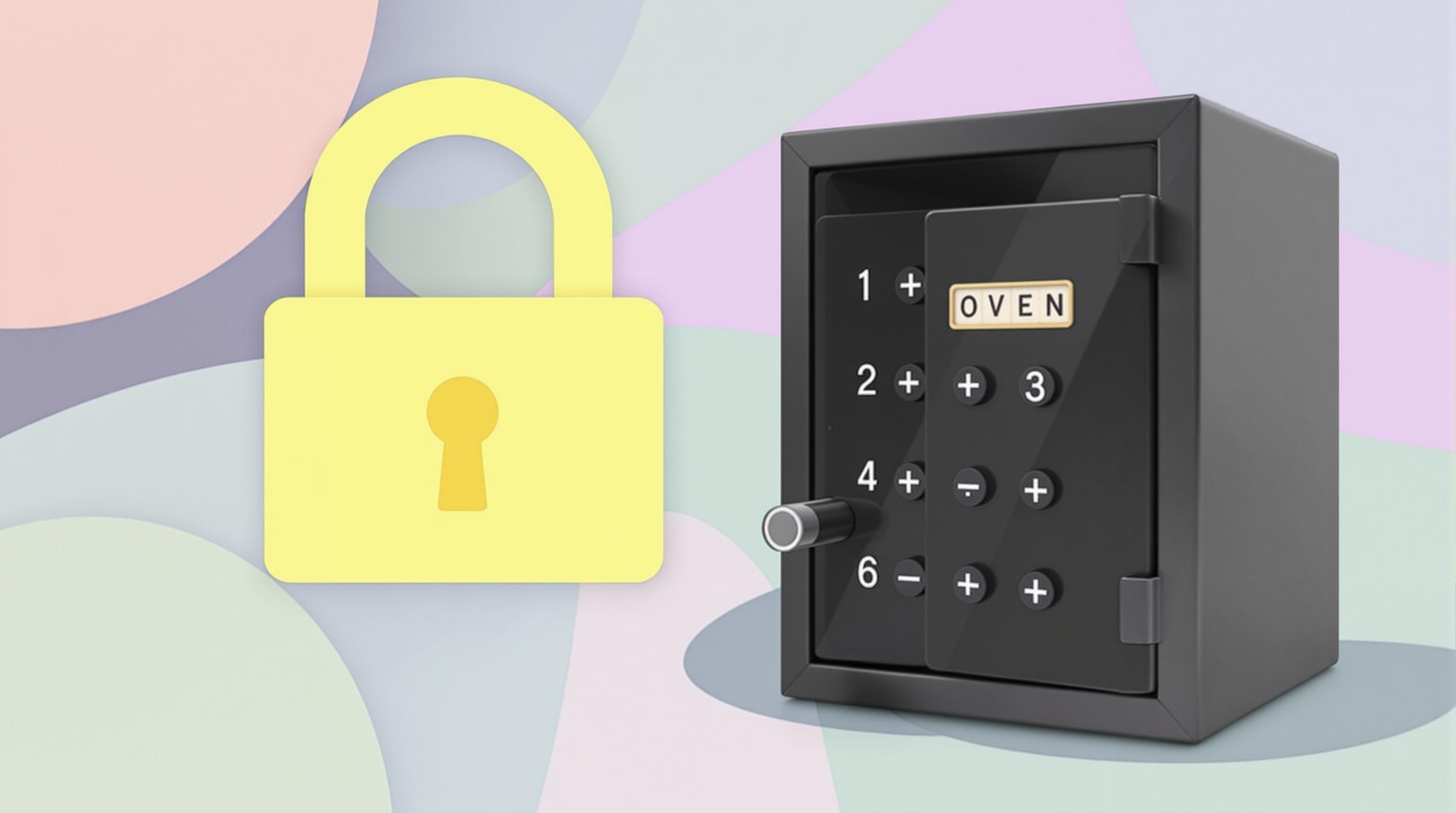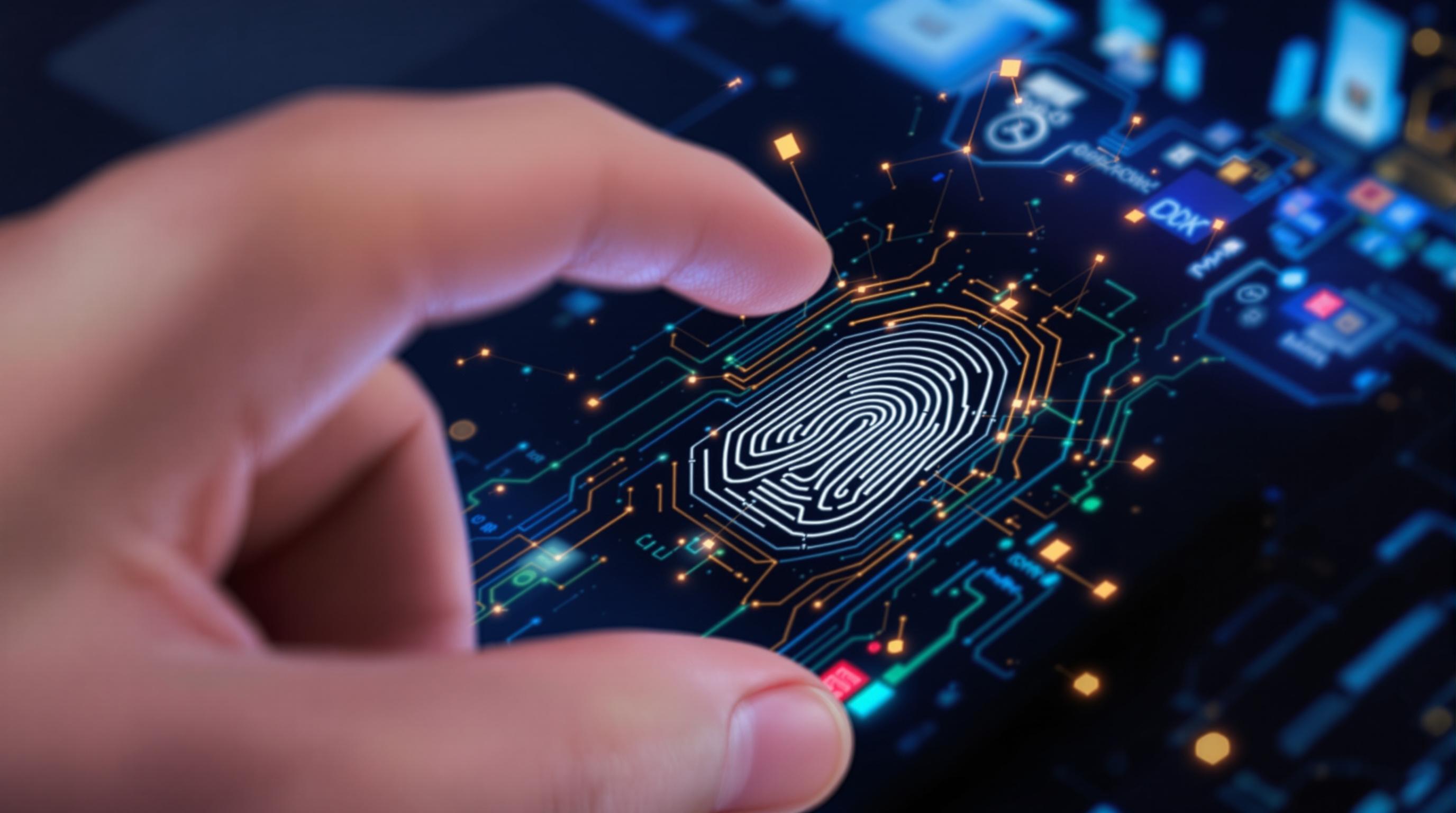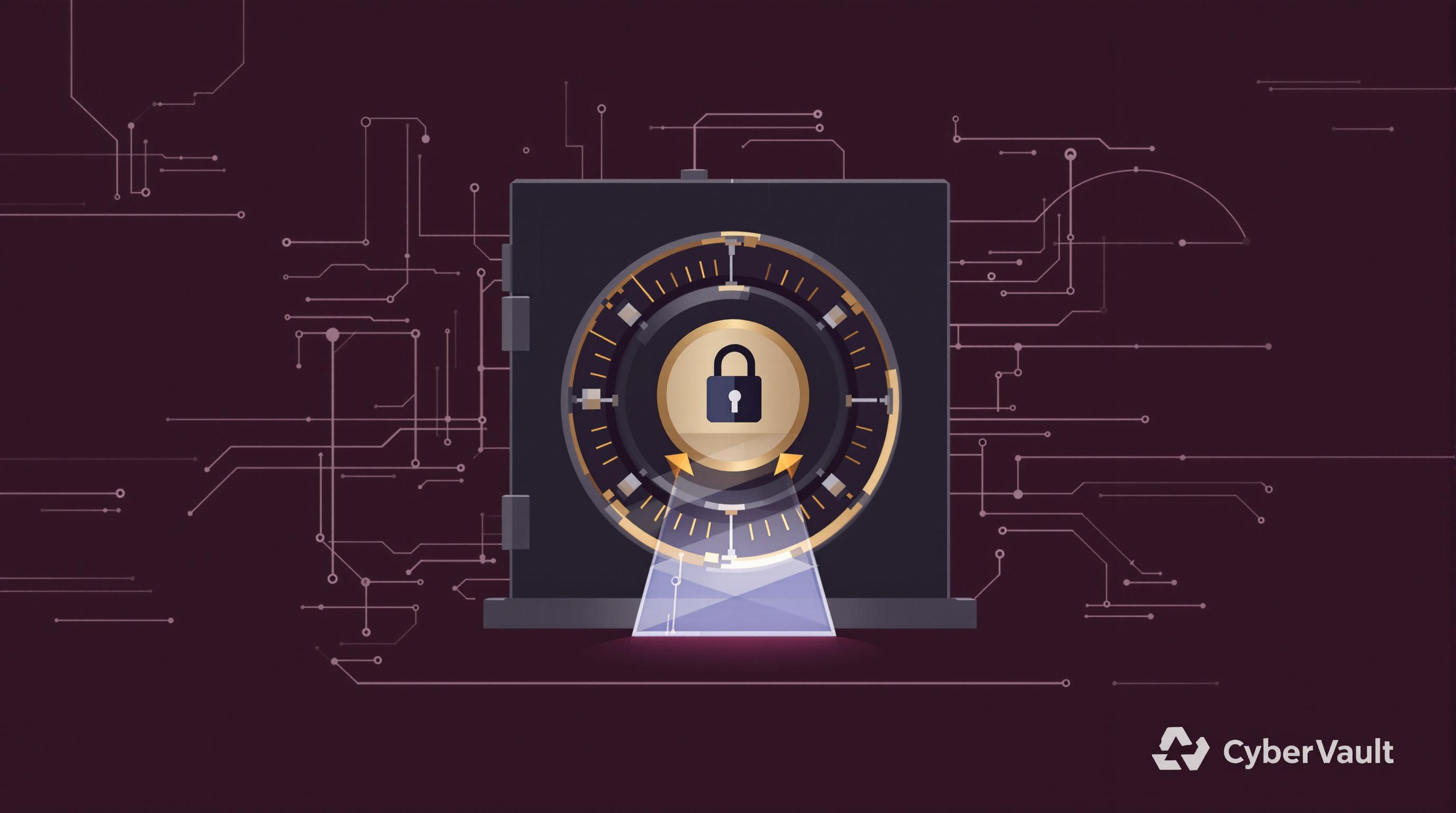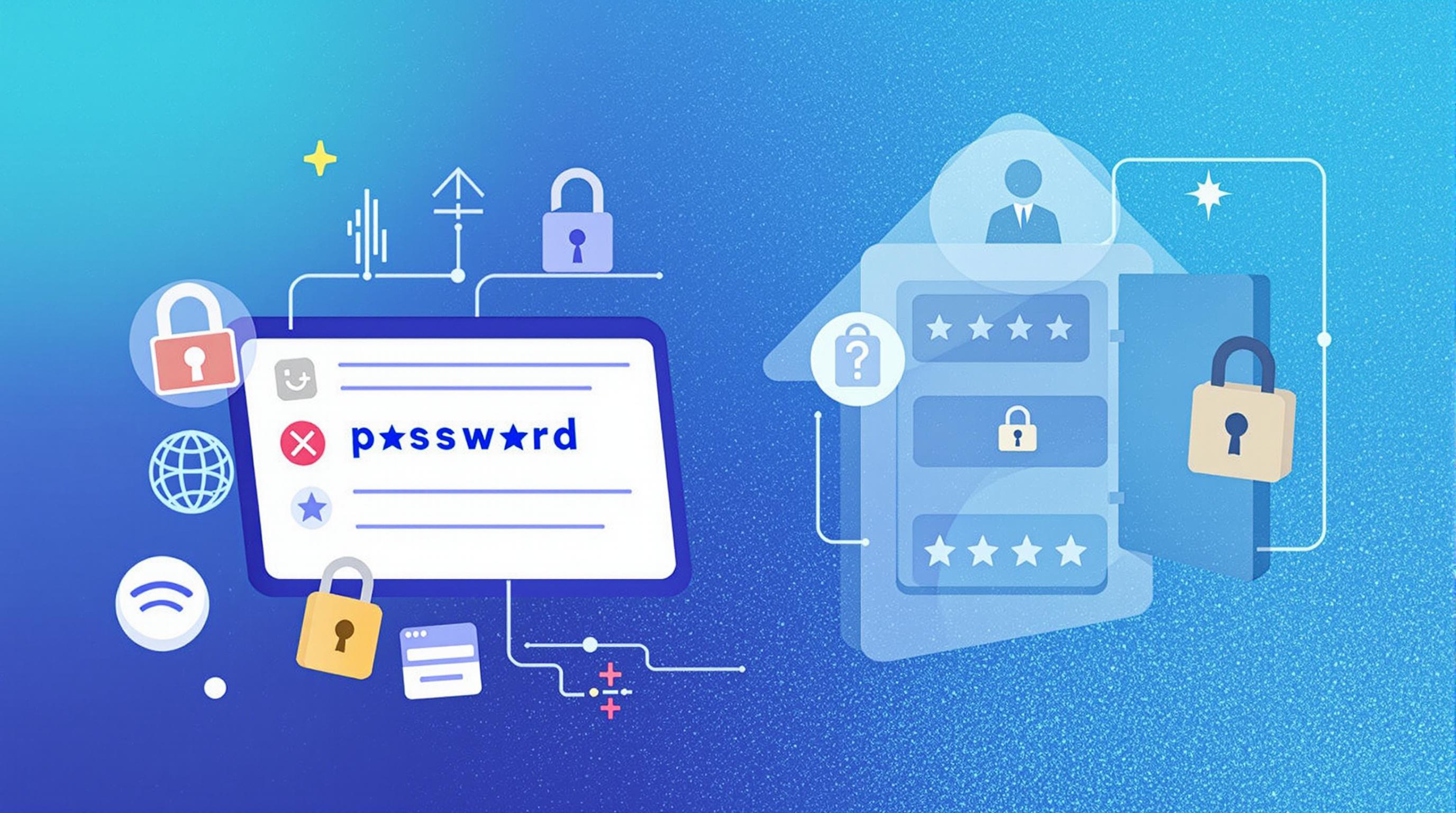Related Articles
- 8 Innovative Password Safes Released Since 2019 Changing How We Protect Our Digital Lives
- Top 6 Revolutionary Password Vaults Debuting Since 2019 That Are Disrupting Cybersecurity Norms
- 7 Innovative Browsers Released Since 2019 That Redefine Online Confidentiality and User Control
- Exploring Psychological Barriers to Adopting Enhanced Mail Safeguards Among Diverse User Groups
- Top 6 Privacy-Focused Browsers Launched Since 2019 That Outsmart Data Trackers Effortlessly
- How Antivirus Software Influences Environmental Footprints: Assessing Energy Use and Electronic Waste Trends
9 Alternative Authentication Tools Beyond Password Managers Revolutionizing Personal Cyber Defense
9 Alternative Authentication Tools Beyond Password Managers Revolutionizing Personal Cyber Defense
9 Alternative Authentication Tools Beyond Password Managers Revolutionizing Personal Cyber Defense
Introduction
The landscape of personal cyber defense is rapidly evolving, moving beyond the traditional reliance on password managers. While password managers have played a crucial role in strengthening security by generating and storing complex passwords, the rise in cyber threats has necessitated the adoption of alternative and complementary authentication tools.
This article explores nine innovative authentication tools that are revolutionizing how individuals protect their digital identities. From biometric technologies to cryptographic innovations, these tools offer enhanced security, convenience, and adaptability in an increasingly connected world.
By understanding these alternatives, users can diversify their authentication strategies to better defend against identity theft, phishing, and other cyberattacks, fostering a more resilient personal cyber defense posture.
1. Biometric Authentication
Biometric authentication leverages unique biological characteristics such as fingerprints, facial recognition, and iris scans to verify identity. Unlike passwords, biometrics are difficult to replicate or steal, providing a higher level of security for personal devices and accounts.
Modern smartphones and laptops commonly integrate biometric sensors for quick, seamless access. For example, Apple's Face ID and Touch ID have become industry standards for secure user verification, blending security with user convenience.
However, biometric data privacy and potential false positives remain concerns. Continuous improvements in algorithms and secure enclave technologies aim to mitigate these risks, making biometric authentication a promising complement to password security.
2. Hardware Security Keys
Hardware security keys, such as those compliant with the FIDO2 standard, provide robust two-factor authentication by requiring a physical device to complete login processes. These devices communicate cryptographically with services to confirm user identity.
Devices like YubiKey and Google Titan protect accounts from phishing and man-in-the-middle attacks by ensuring that authentication secrets never leave the hardware. Their use is recommended by cybersecurity experts and organizations like the National Institute of Standards and Technology (NIST).
While initially seen as enterprise tools, these hardware keys are increasingly accessible to individual users seeking top-tier security for sensitive accounts, including email, cloud storage, and cryptocurrency wallets.
3. Single Sign-On (SSO) Services
Single Sign-On (SSO) services allow users to access multiple applications and websites through one centralized authentication point. This method reduces the need to remember multiple passwords while maintaining strong security controls.
Popular providers like Microsoft Azure AD, Google Workspace, and Okta implement SSO using protocols such as OAuth 2.0 and SAML, which offer secure token-based authentication across platforms.
For personal users, leveraging SSO can simplify digital identity management and enhance security by reducing password reuse risks, although reliance on a single authentication provider introduces a different set of security considerations.
4. Multi-Factor Authentication (MFA) Apps
MFA applications add layers of security by requiring additional verification steps beyond the password. These include time-based one-time passwords (TOTPs) generated by apps like Google Authenticator, Authy, and Microsoft Authenticator.
These apps create dynamic codes that users must enter alongside their regular credentials, making it significantly harder for attackers to breach accounts through stolen passwords alone.
Adoption of MFA has been encouraged by cybersecurity frameworks worldwide, and these apps represent an accessible and cost-effective method to enhance personal cybersecurity defenses.
5. Behavioral Biometrics
Behavioral biometrics analyze patterns in the way users interact with their devices, such as typing rhythm, mouse movements, and navigation habits, to authenticate identity continuously and unobtrusively.
By integrating machine learning algorithms, these systems detect anomalies that may indicate unauthorized access attempts, providing adaptive security that evolves with user behavior.
Although still emerging in personal security, behavioral biometrics hold promise for frictionless protection, supplementing traditional authentication without inconveniencing users.
6. Decentralized Identity (DID) Solutions
Decentralized Identity employs blockchain technology to give users control over their personal data and verification credentials without relying on central authorities. This approach enhances privacy and reduces single points of failure.
Projects like Microsoft's ION network and the W3C's DID standards aim to establish interoperable frameworks enabling users to authenticate themselves in a secure and privacy-preserving manner across various services.
Though adoption is currently nascent, decentralized identity solutions are poised to transform digital authentication by empowering individuals with ownership over their identities.
7. Passwordless Authentication
Passwordless authentication eliminates the need for traditional passwords entirely, using alternatives such as biometrics, hardware tokens, or magic links sent via email. This method addresses major vulnerabilities associated with password reuse and theft.
Tech companies including Microsoft and Google have demonstrated the viability of passwordless systems through platforms like Windows Hello and Google’s Advanced Protection Program, which leverage strong cryptographic methods.
By reducing attack surfaces, passwordless authentication is increasingly considered a key component of future-proof cybersecurity strategies.
8. One-Time Password (OTP) via SMS or Email
One-time passwords sent through SMS or email provide a simple form of two-factor authentication, where a temporary code is required alongside the primary login credential.
Though convenient and widely supported, OTP via SMS is vulnerable to interception and SIM-swapping attacks, prompting security experts to recommend more secure alternatives when possible.
Despite these limitations, OTP remains a practical tool for many users, especially in scenarios where app-based MFA or hardware tokens are unavailable.
9. Cryptographic Authentication Protocols
Advanced cryptographic protocols such as Passkeys and WebAuthn enable authentication through public-key cryptography, protecting credentials from phishing and replay attacks.
Passkeys, supported by major platforms including Apple, Google, and Microsoft, allow seamless, secure logins that are resistant to common attack vectors by removing passwords from the equation entirely.
As browser and device support expands, these cryptographic authentication protocols represent a sophisticated frontier in personal cybersecurity, balancing strong protection with ease of use.
Conclusion
The evolution of authentication tools beyond traditional password managers signals a transformative era in personal cyber defense. Each alternative method outlined offers unique advantages, addressing specific vulnerabilities inherent in password-based systems.
Users are encouraged to combine multiple authentication strategies tailored to their needs for layered security that mitigates risks posed by phishing, credential stuffing, and other cyber threats.
As digital threats grow in complexity, embracing these innovative authentication solutions can significantly enhance the security of personal identities and data, empowering users to navigate the digital world with greater confidence.
Sources:
- NIST Special Publication 800-63B, Digital Identity Guidelines: Authentication and Lifecycle Management, 2017
- FIDO Alliance: https://fidoalliance.org/
- W3C Decentralized Identifiers (DIDs) v1.0: https://www.w3.org/TR/did-core/
- Microsoft Security Blog on Passwordless Authentication: https://www.microsoft.com/security/blog/
